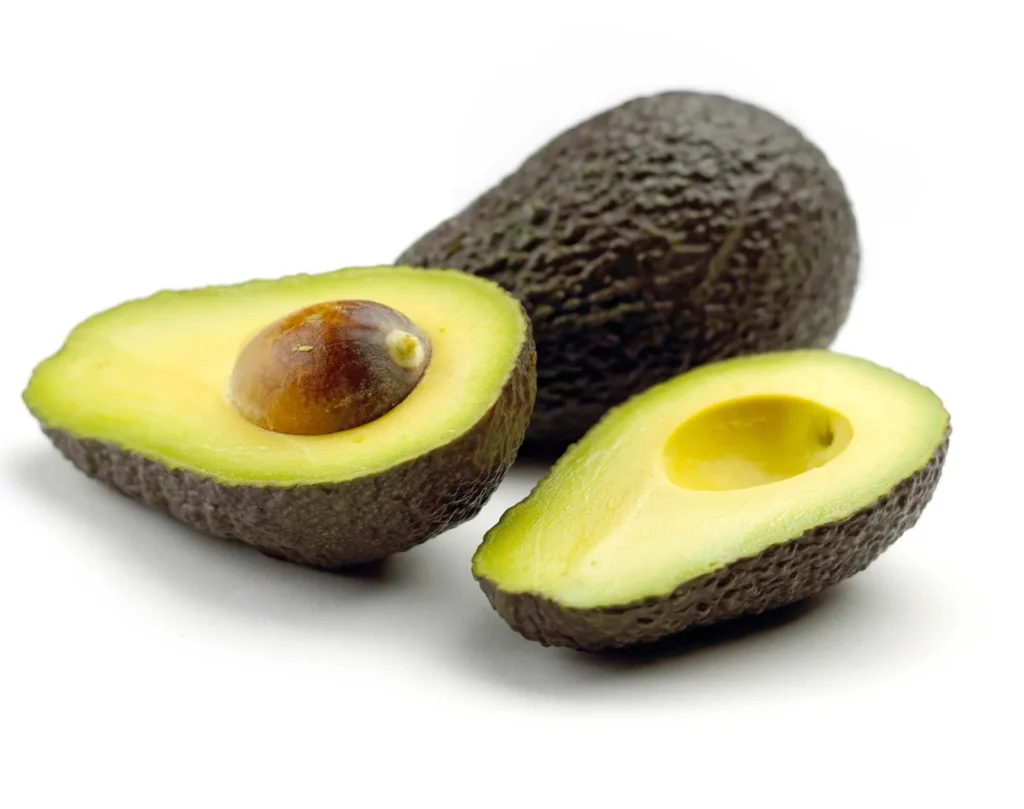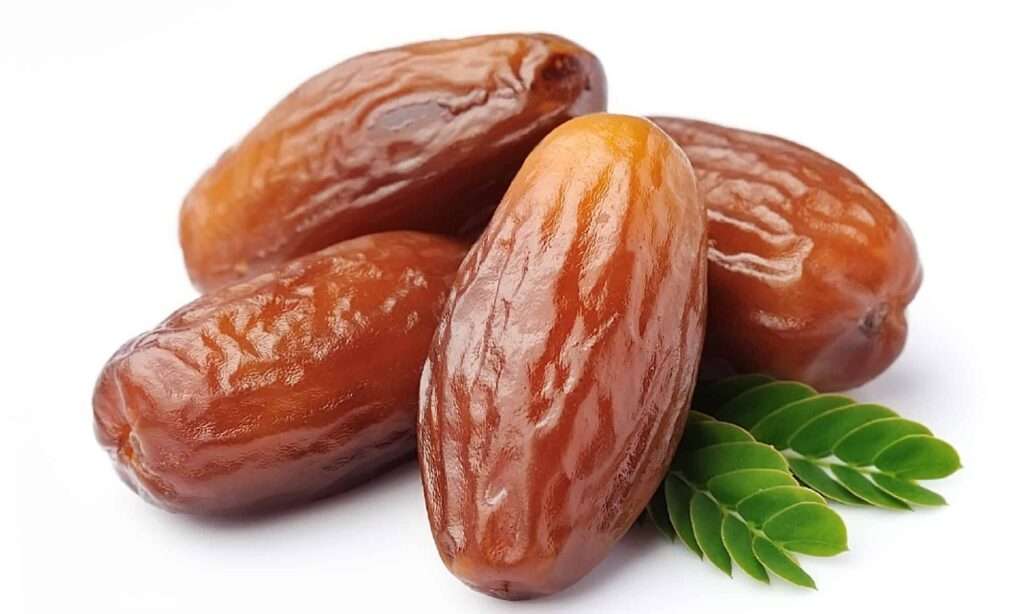
Description
Large clumps of huge leaves, up to 60 cm broad, are produced by rhubarb. The leaves are produced on disproportionately large petioles that grow from an underground stem and have a diameter of at least 25 mm (1 inch) and a length of up to 60 cm. Early in the spring, leaves begin to appear. A huge central flower stem that bears several little greenish white blooms and angular, winged fruits with one seed may emerge later in the growing season. The tops do die back in the autumn, but the roots do well in the cold.
Varieties
Here are a few common types:
Due to its mild and soft stalks, the rhubarb type known as “Victoria” is a favorites for cooking.
“Valentine”: This type is resistant to illness and climatic changes.
The variety known as “Crimson Cherry” is renowned for its sweetness.
‘Canada Red’: This variety of rhubarb grows well in cooler climes and has a higher sugar content than most others.

Uses
The plant’s fleshy, sour, and extremely acidic leafstalks are also used as the base for some wines and aperitifs. They are frequently combined with strawberries and used in pies. The leaves are toxic and should not be consumed since they contain oxalic acid.
Nutrition
Rhubarb is mainly made up of water (94%), 1% protein, 5% carbohydrates, and very little fat. Raw rhubarb provides 88 kJ of dietary energy per 100 g, is a good source of vitamin K, a fair source of vitamin C, and doesn’t have any appreciable levels of any other micronutrients.
Cultivation
Rhubarb dislikes being waterlogged in the winter, so it needs a spot that is open, sunny, and with moist but free-draining soil. Another option is to cultivate it in a big container. Rhubarb should not be planted or placed in containers in areas that frequently experience late frosts since the young stalks may be harmed.
Table





